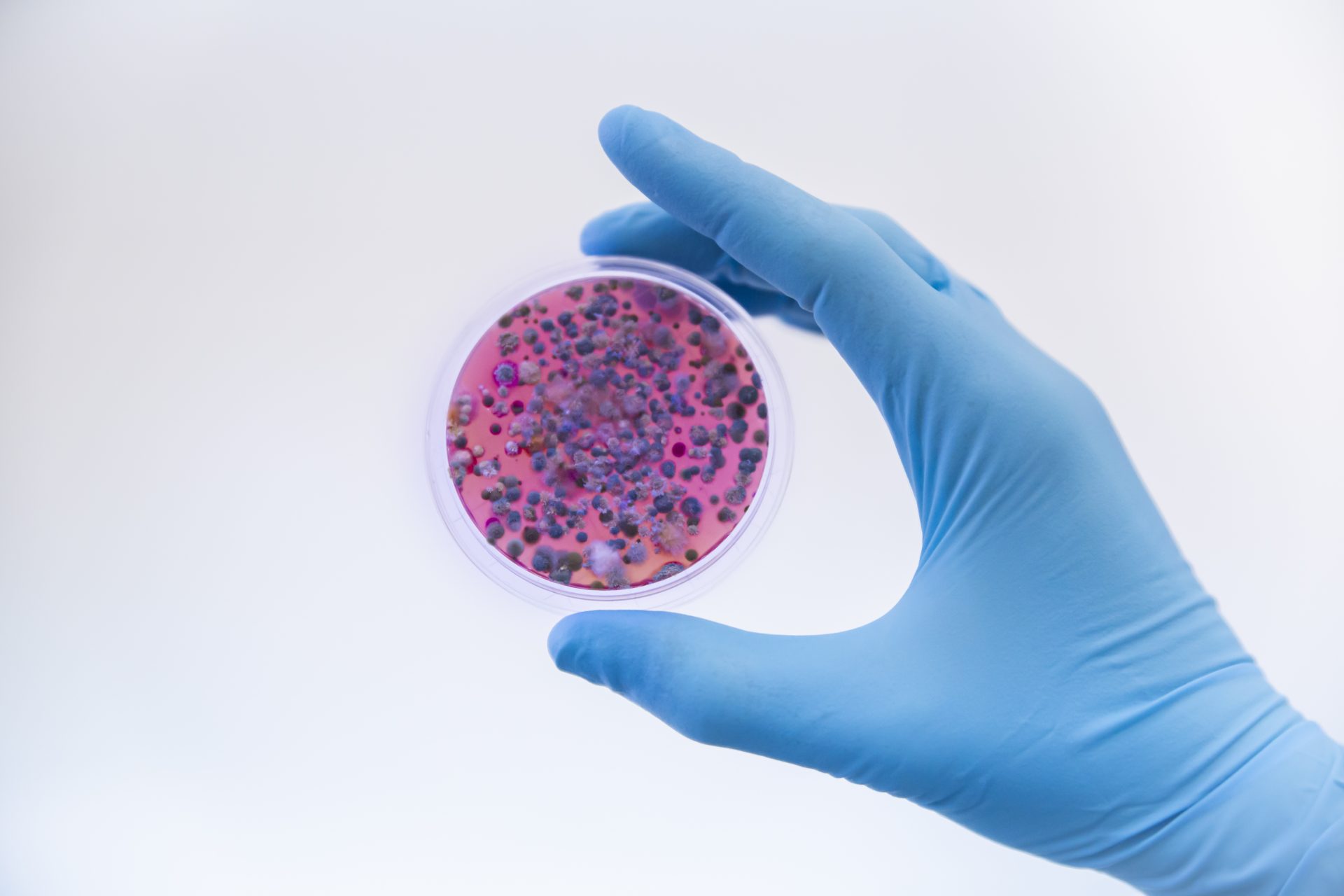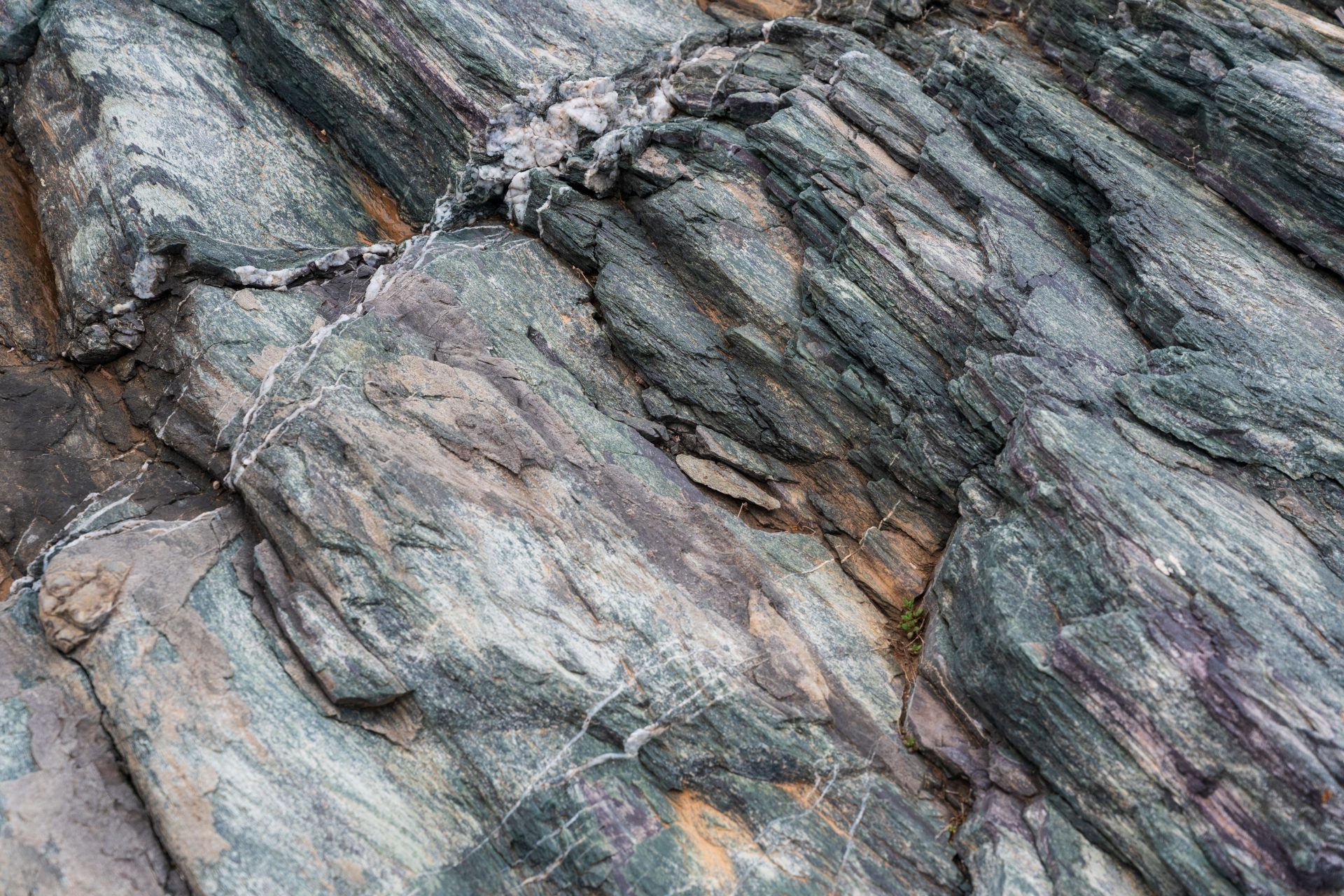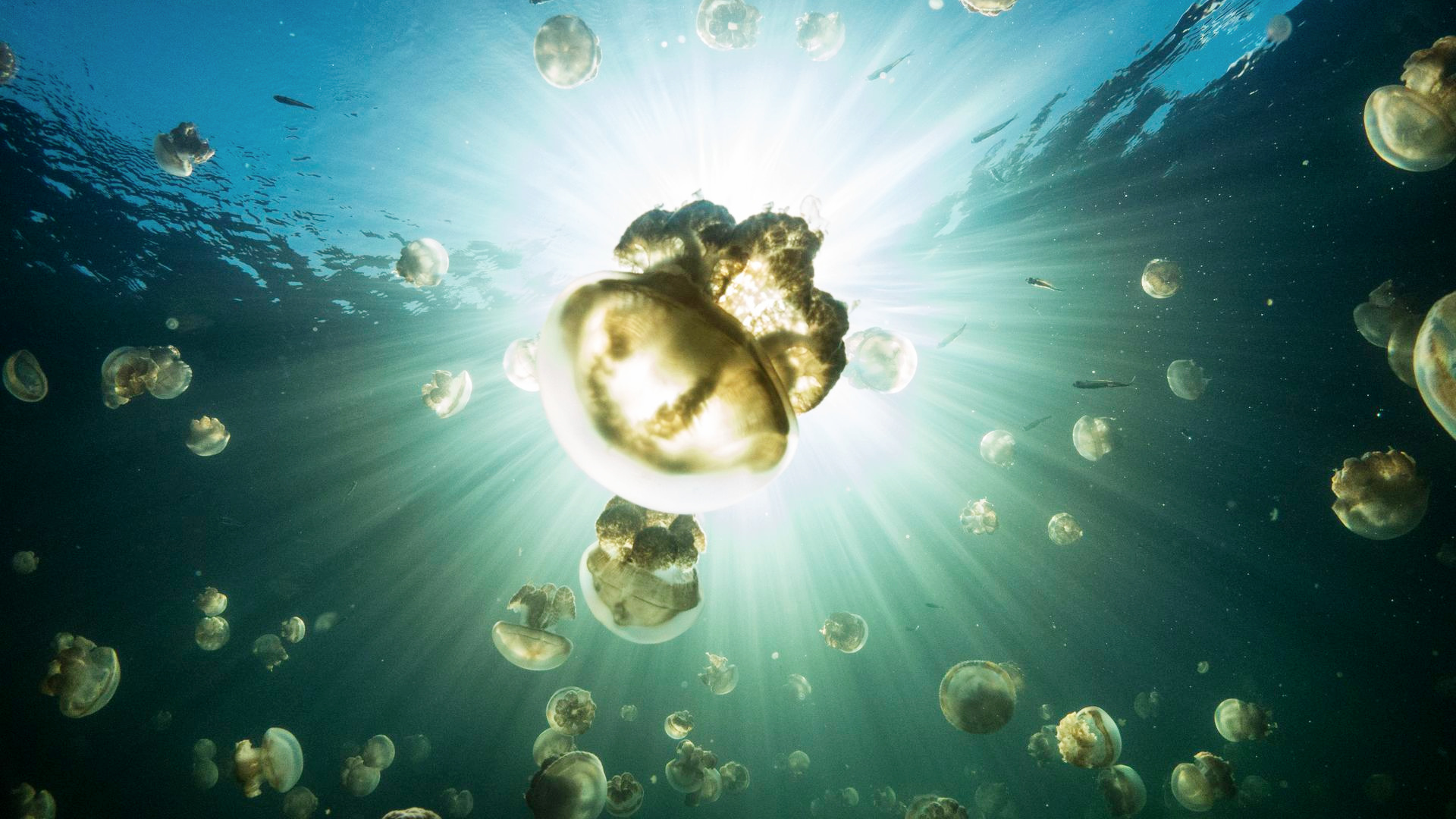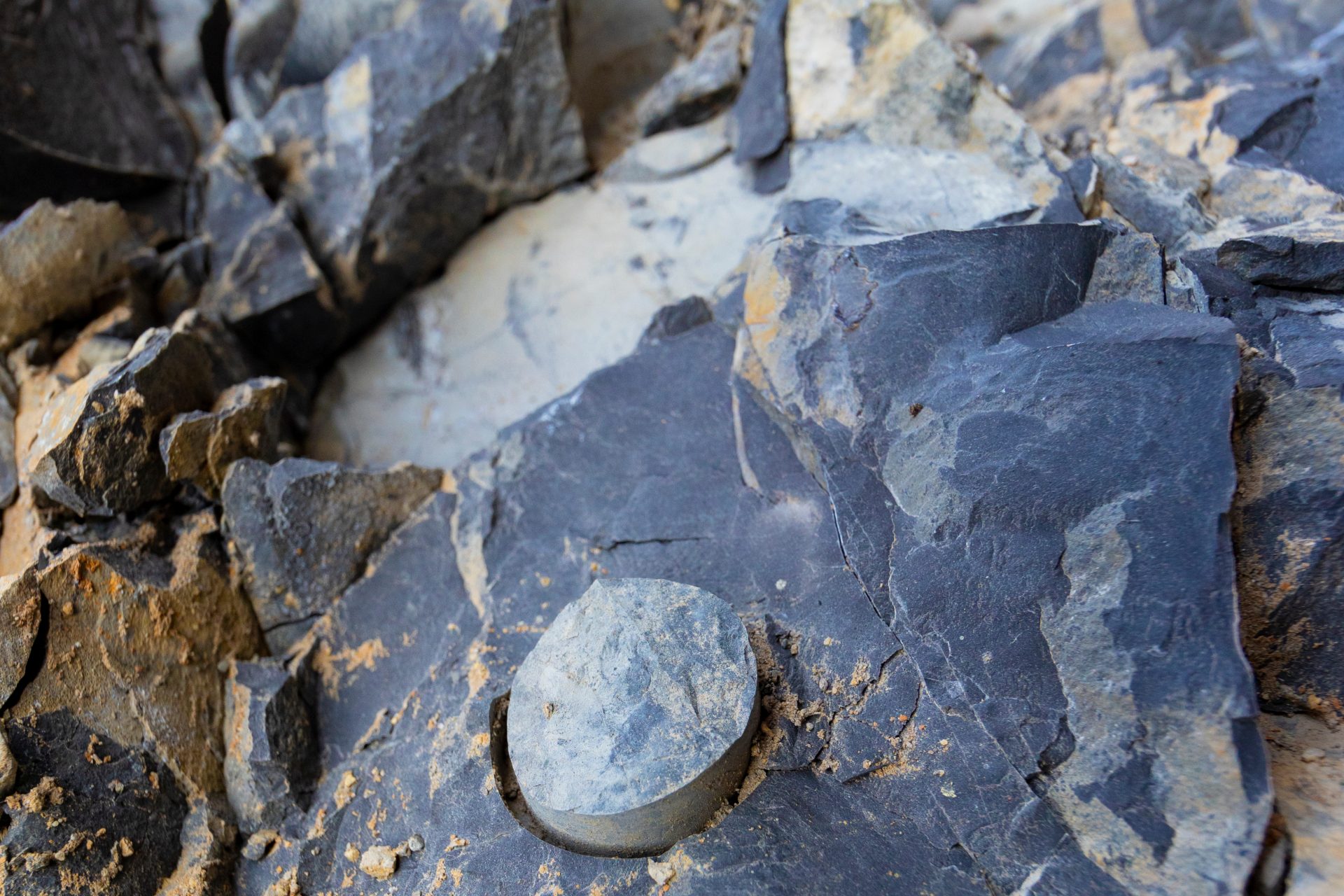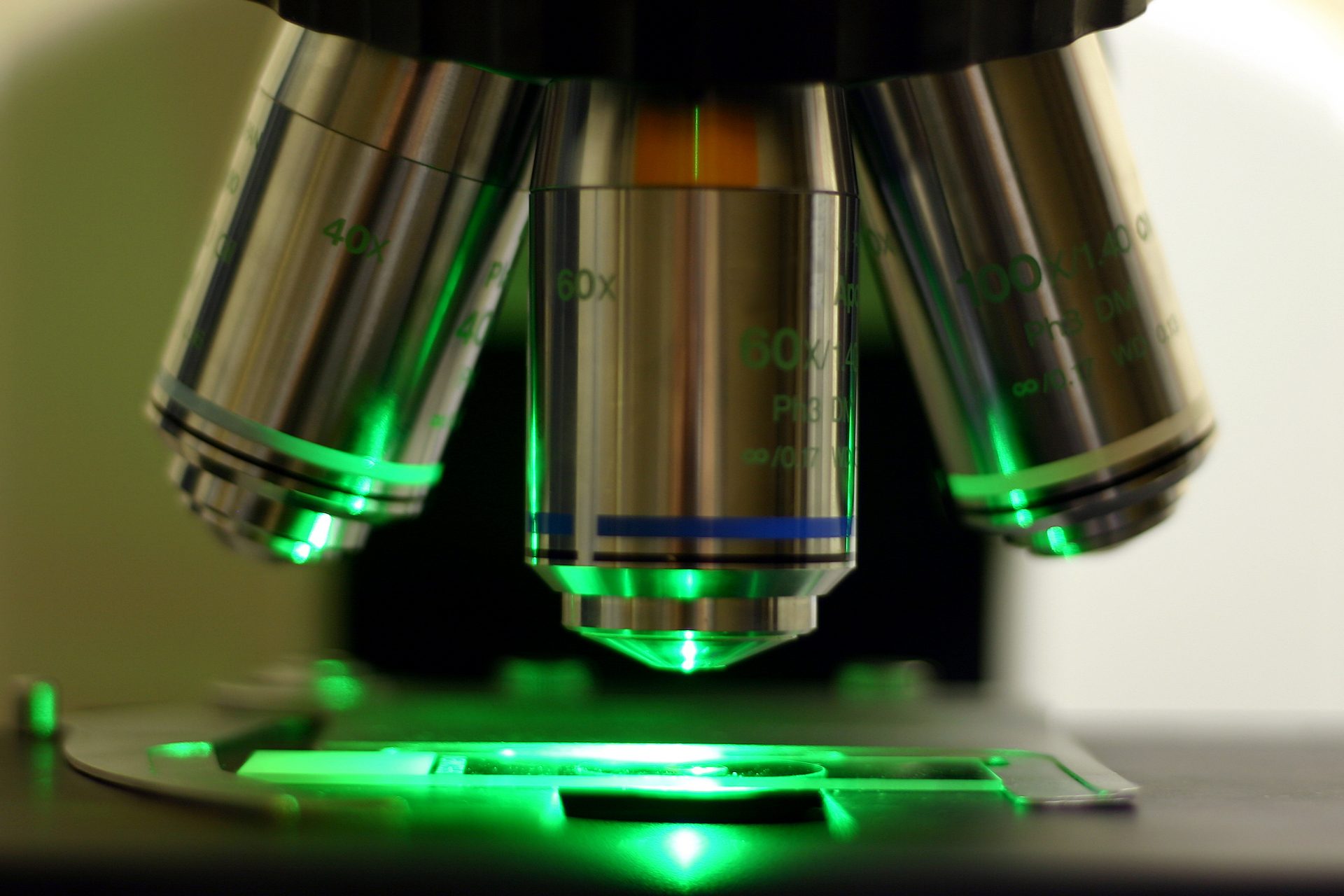Scientists find the oldest living beings on the planet inside a rock
Recently, Japanese scientists identified the oldest microbial colony ever recorded on Earth, according to an article published in the scientific journal Microbial Ecology.
Microbes approximately two billion years old were found alive in a rock fissure excavated in South Africa.
The discovery generated great excitement in the scientific community, since, until now, the oldest sample of microbes dated back to around 100 million years ago, that is, 1.9 billion years more recent.
"We didn't know whether rocks that are 2 billion years old could be habitable," Yohey Suzuki of the University of Tokyo, lead author of the study, said in a press release shared by Popular Mechanics.
He added: "Until now, the oldest geological layer in which living microorganisms had been found was a 100-million-year-old deposit on the ocean floor."
The Bushveld Igneous Complex, where the microorganisms were found, was formed when magma cooled beneath the Earth's surface.
Its stability over time has allowed the development of pockets of microbial life that has survived to this day.
To assess the condition of the rock, scientists extracted a 30-centimeter (12-inch) sample from a depth of 15 meters (49 ft) and cut it into slices.
The sample, densely packed with clay, prevented new material from entering and microbes from leaving, preserving them for billions of years, Popular Mechanics reported.
The team used advanced imaging techniques to analyze the material. First, the cells were detected in fractures in the rock using infrared spectroscopy (O-PTIR).
They were then dyed with a green solution and examined using scanning electron microscopy and fluorescent microscopy, as reported by Galileu magazine.
Combining these three techniques allowed the researchers to confirm that the microbial cells were native to the rock, ruling out the possibility of contamination during handling.
The study should give scientists a deeper understanding of the evolution of early life on Earth and the history of our planet itself.
Furthermore, researchers believe that the new discovery could help in the search for traces of life on other planets.
“NASA’s Perseverance rover should bring back rocks with similar ages to those used in this study,” Suzuki said, as quoted by Galileu magazine. This should happen in 2040.
Meanwhile, the possibility of finding microbial life beyond Earth is becoming increasingly plausible: “Finding microbial life in 2-billion-year-old Earth samples makes me excited about what we might discover in samples from Mars,” Suzuki concluded.
Never miss a story! Click here to follow The Daily Digest.
Photo: Leopold Böttcher / Pixabay
More for you
Top Stories



